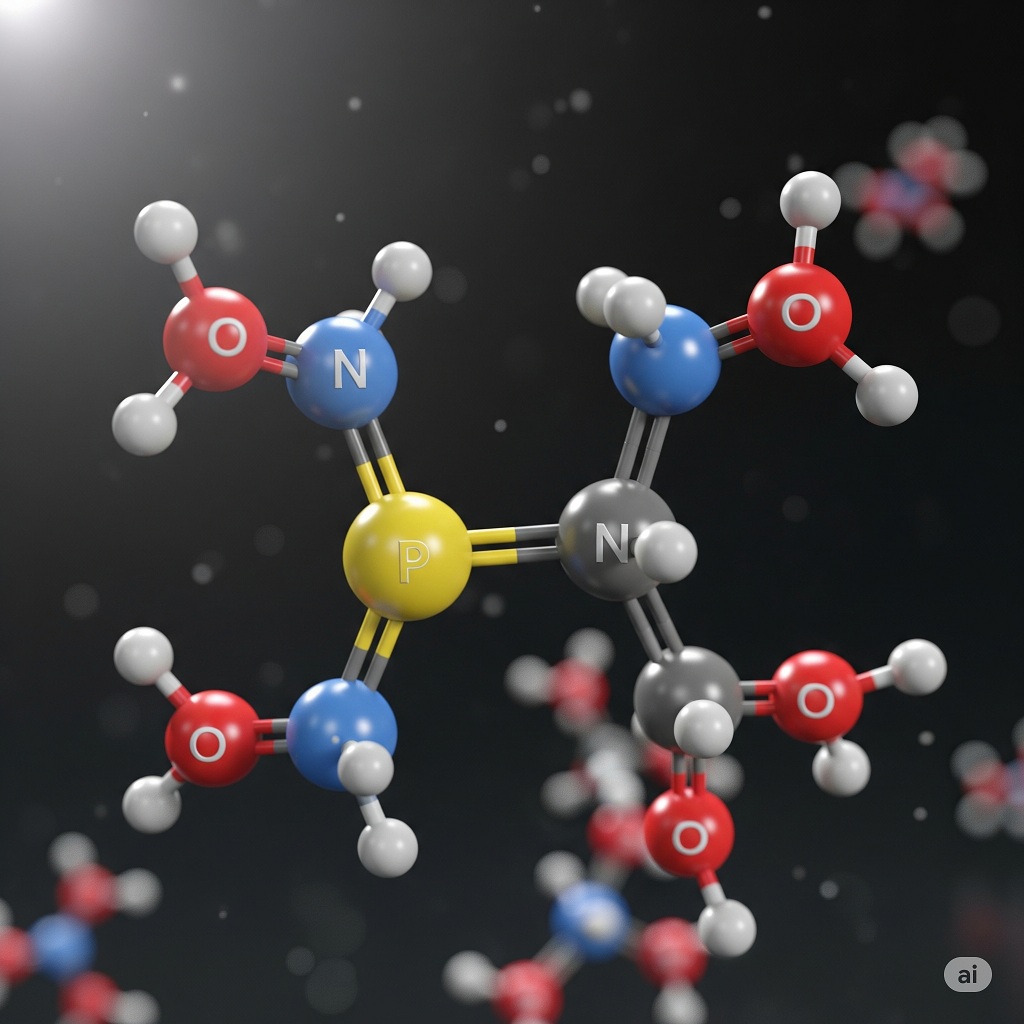
Fire retardants are substances applied to materials or integrated into products to slow down or prevent the spread of fire. While their effectiveness in saving lives and property is undisputed, their potential toxicity to humans, animals, and the environment has come under increasing scrutiny. This guide explores the types of fire retardants, their chemical compositions, exposure risks, health concerns, and safer alternatives.
1. What Are Fire Retardants?
Fire retardants are classified into two main categories:
- Reactive fire retardants: Chemically bind with materials (e.g., in plastics or fabrics) during manufacturing.
- Additive fire retardants: Physically mixed with materials without chemical bonding. These can leach over time.
They may be applied as sprays, paints, coatings, or embedded into consumer goods like electronics, furniture, building materials, and children’s products.
2. Common Types of Fire Retardants and Their Components
| Type | Common Chemicals | Typical Uses |
|---|---|---|
| Halogenated retardants | Brominated or chlorinated compounds | Electronics, furniture, insulation |
| Phosphorus-based retardants | Ammonium polyphosphate, organophosphates | Fabrics, foams, wood treatments |
| Nitrogen-based retardants | Melamine compounds | Textiles, paper, thermoplastics |
| Inorganic retardants | Borates, aluminum hydroxide, magnesium hydroxide | Building materials, wires |
| Bio-based alternatives | Tannins, lignin, modified starch | Sustainable packaging, certain textiles |
3. Where Fire Retardants Are Found
- Home: Upholstered furniture, mattresses, electronics, curtains.
- Workplace: Office chairs, wiring insulation, ceiling tiles.
- Schools and Hospitals: Carpeting, foam cushions, wall panels.
- Outdoor Environments: Firefighting chemicals dropped from aircraft.
4. Toxicity and Exposure Routes
Fire retardants can become toxic when they degrade, burn, or leach. Common exposure routes include:
- Inhalation: Breathing contaminated dust or fumes.
- Ingestion: Ingesting dust or residues (especially by children).
- Dermal contact: Touching treated materials.
5. Health Risks of Fire Retardants
A. Halogenated Flame Retardants (HFRs)
- Linked to endocrine disruption
- Associated with reduced IQ and developmental delays in children
- Potential carcinogenic properties (e.g., PBBs, PBDEs)
B. Organophosphate Flame Retardants (OPFRs)
- May cause neurological toxicity
- Studies suggest hormonal changes and fertility impacts
C. Environmental Contaminants
- Persistent organic pollutants (POPs) accumulate in water, soil, and living organisms.
- Detected in wildlife, breast milk, and household dust.
6. Firefighting Retardants: Environmental Impact
Aerial firefighting retardants, often made from ammonium phosphate and thickening agents, can:
- Contaminate rivers and aquatic ecosystems
- Promote algae blooms
- Harm fish, amphibians, and plants
- Alter soil chemistry and reduce biodiversity
7. Regulations and Bans
U.S.:
- PBDEs phased out in several states
- EPA evaluating new flame retardants
Europe:
- REACH restricts many brominated and chlorinated compounds
International:
- Stockholm Convention bans persistent organic pollutants (like certain flame retardants)
Despite regulations, older furniture and electronics may still contain banned substances.
8. Safer Alternatives and Innovations
- Non-toxic coatings made from silica, clay, or nanomaterials
- Bio-based flame retardants derived from plants
- Inherently flame-resistant materials like wool and certain aramids (e.g., Nomex)
- Improved building codes and fire-safe design
9. Protecting Yourself and Your Family
- Choose fire-retardant-free furniture and textiles
- Use HEPA filters and vacuum frequently to reduce dust exposure
- Wash hands regularly, especially children’s
- Research labels and certifications (e.g., GreenGuard, GOTS)
- Support legislation pushing for safer standards
10. Conclusion: Balancing Fire Safety and Toxicity
Fire retardants play a critical role in fire prevention and suppression. However, many traditional chemicals raise legitimate concerns about long-term toxicity and environmental harm. Awareness, regulation, and innovation are helping shift toward safer alternatives. While fire safety remains essential, minimizing toxic exposure is now a crucial part of the equation.
Frequently Asked Questions (FAQs)
Q1. Are all fire retardants harmful?
No. Some newer or naturally derived retardants are non-toxic. However, older halogenated compounds are more toxic and persistent.
Q2. How can I identify if my couch has flame retardants?
Check the tag. If it mentions TB117 or TB117-2013 compliance, it may contain fire retardants.
Q3. Are fire retardants safe for children?
Some fire retardants have been linked to developmental and hormonal effects in children. Safer alternatives are preferable.
Q4. Do fire retardants wash off clothing or furniture?
Some may leach or break down over time. However, many are chemically bonded and persist.
Q5. Are firefighting chemicals harmful to the environment?
Yes, especially when dropped in large quantities. They can harm aquatic life and disrupt ecosystems.
Q6. Are there certifications for fire retardant-free products?
Yes. Look for GreenGuard Gold, GOTS, or OEKO-TEX Standard 100.
Q7. What’s the difference between fire-resistant and fire-retardant?
Fire-resistant means inherently resistant to burning; fire-retardant means chemically treated to resist burning.
Q8. Can I detox from flame retardants?
There’s no specific detox, but reducing exposure and maintaining a healthy diet may help limit long-term effects.
Q9. Are pets affected by fire retardants?
Yes. Pets, especially those close to the floor, can ingest or inhale toxic particles.
Q10. Why are fire retardants still used if they’re toxic?
They provide life-saving fire protection. The challenge is replacing toxic ones with equally effective, safer alternatives.
Would you like a printable checklist of fire-retardant-free product tips or a downloadable infographic summarizing
